Consistently among the best
ETH researchers have received eight of the coveted Advanced Grants in the European Research Council's (ERC) latest call for proposals. For several scientists, this is their second such grant. ETH Zurich has been consistently ranked among the most successful institutions since the programme was launched ten years ago.
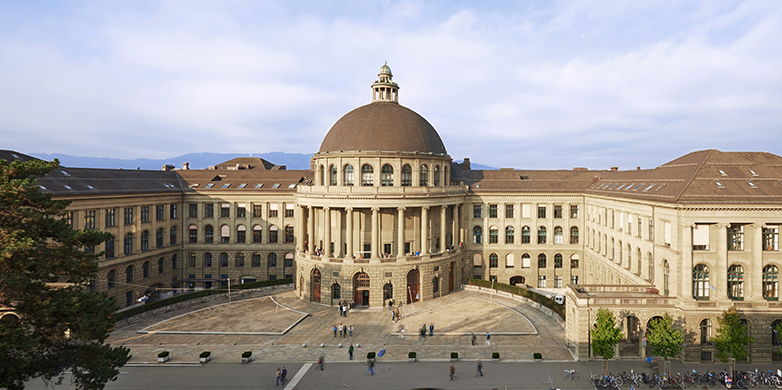
The eight researchers are all full or associate professors, and some of them have been for many years. The spectrum of topics covered is broad, ranging from microbiology to systems biology and from organic chemistry to quantum physics. The amounts awarded are between EUR 2 million and EUR 3 million, with the total sum amounting to EUR 20.2 million. Three of the recipients have succeeded in making it into the Champions League of research for a second time. In addition to the grant winners, almost as many researchers – seven – received an A rating (“excellent”) and for all intents and purposes meet the criteria for a grant.
Excellence strategy takes effect
Detlef Günther, ETH Vice President Research and Corporate Relations, is especially pleased by the achievement of the successful ETH researchers: “Over many years, our researchers have been able to consistently compete with the very best and establish themselves internationally with their projects. This proves their tremendous scientific quality. But this success also demonstrates that talents can develop over the long term at ETH.”
Looking back at the ERC's first decade, which began in 2007 with the FP7 and Horizon 2020 programmes, ETH Zurich's impressive success rate is striking: with 66 grants, it's in third place in Europe when it comes to Advanced Grants. During this time, ETH researchers have received nearly a quarter of a billion euros (EUR 242.1 million) and secured 134 ERC grants. These comprise 47 Starting Grants, 8 Consolidator Grants, 67 Advanced Grants, 11 Proof of Concepts – these complement a grant by preparing research for the market – as well as 1 Synergy Grant, for which groups consisting of two to four outstanding researchers have been able to apply during the (to date) two calls for proposals. Notably, the success rate of ETH applications was almost 30 percent across all grant categories; the average rate across all institutions is 11.4 percent.
Building on previous successes
The figures could have been even better: as we know, Switzerland was excluded from two ERC calls for proposals in 2014 after the country passed a referendum to stop mass immigration. The Swiss National Science Foundation therefore ran an alternative programme. Thanks to the ratification of the Croatia protocol last December, Switzerland can once again participate fully in Horizon 2020. “I am very relieved by this development. Participation is crucial for both Switzerland and ETH,” says Detlef Günther. “Our researchers must be able to compete with their European counterparts. The ERC grants have quickly become a prestigious tool for promoting excellent research, with every European research institute applying for them. I am therefore all the more delighted that our scientists in the current call for proposals are able to build on previous ETH successes.”
The eight projects at a glance:
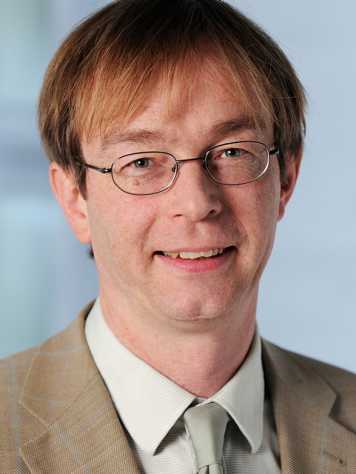
Tilman Esslinger, Professor of Quantum Optics, has been awarded a second ERC Advanced Grant. In his new project, he is examining elementary transport mechanisms in a system that obeys the laws of quantum physics. He wants to find out how matter, heat or magnetic orientation get from A to B. To do so, he and his group will cool atomic gases to temperatures of under 100 nanokelvins. The gases will be trapped in a complex arrangement of light cages and observed using highly sensitive cameras. Understanding transport systems like these is a prerequisite for the construction of devices and computers with new functionalities, in which the effects of quantum physics play a key role.
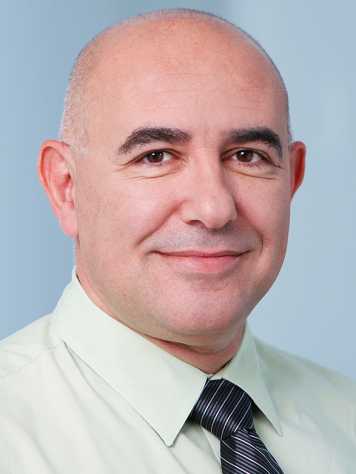
Mustafa Khammash is a professor of Control Theory and Systems Biology. He works at the interface of systems biology, synthetic biology and control theory. In his ERC project he wants to develop new design tools for the real-time control of living cells. The control systems will precisely and robustly steer the dynamic behavior of living cells, either by an external computer or by using novel genetic circuits that are introduced into the cells. The project comprises not only the development of a new theory and new methods, but also of control systems that address important applications in biotechnology and therapeutics.
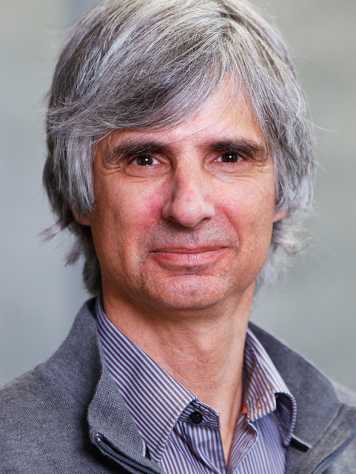
Beat H. Meier is a Professor of Physical Chemistry and specialises in investigating the atomic resolution structure of biomolecules using nuclear magnetic resonance (NMR). In his ERC project, Meier wishes to develop this technology further, and in particular to determine the atomic structure of complex biological systems with a higher spatial resolution. Such systems are, for example, proteins that are inserted into biological membranes as well as amyloid proteins, which form fibrils and play a role in Alzheimer’s disease. Meier wants to achieve the higher resolution by refining the mechanics for significantly faster sample rotation and by improving the radio frequency pulse technology.
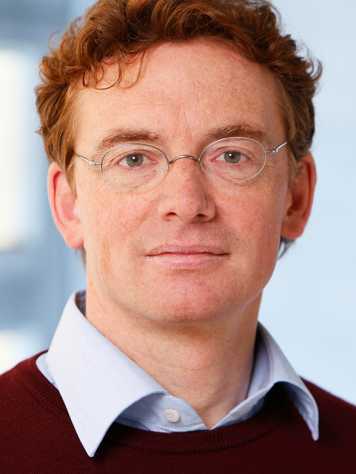
Frédéric Merkt, Professor of Physical Chemistry, will use his ERC project to explore chemical reactions of charged atoms and molecules (ions) with molecules at extremely low temperatures, paying particular attention to quantum-physical effects. To date, it has been difficult to conduct experiments just above absolute zero (minus 273 degrees Celsius) with ions, as small stray electric fields can warm the ions at these temperatures. To obtain the measurements, Merkt and his research group will protect the ions and reactants from stray fields by placing them within the orbit of a highly excited (Rydberg) electron. This is Merkt's second ERC Advanced Grant; he received his first in 2008.
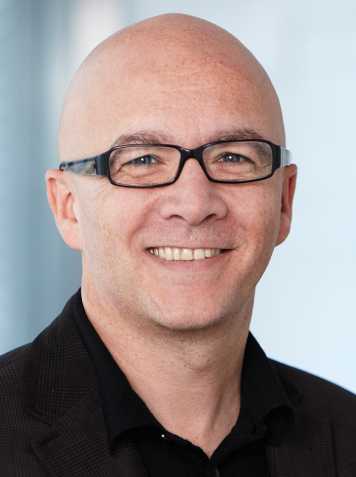
Ralph Müller, Professor of Biomechanics, is interested in how mechanical vibrations influence bone development. His main focus is the understanding of how bones adapt and regenerate over the course of a lifetime. In his ERC project, Müller aims to investigate which cell types are involved in these processes and how these cells react to age-related change. Specifically, he wants to use genome sequencing of single cells to understand how molecular ageing processes under mechanical loads affect bone remodelling. In the future, this understanding may facilitate targeted exercise programmes within the context of personalised medicine to foremost prevent osteoporosis-related bone fractures or at least heal them more quickly.
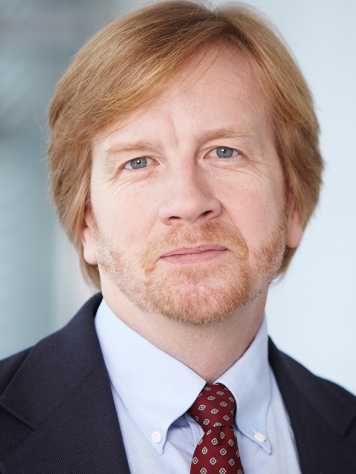
Bradley Nelson is a Professor of Robotics and Intelligent Systems and an expert in microrobotics. With this, his second ERC Advanced Grant, he wants to develop microrobots made from soft, flexible materials that can change their shape and could be used in medical treatments. Microorganisms such as bacteria serve as models for the soft microrobots, which will be made from magnetic hydrogels. Nelson also wants to use his ERC project to develop flexible, magnetic catheters that could be used to place the therapeutic microrobots in the desired location inside the body.
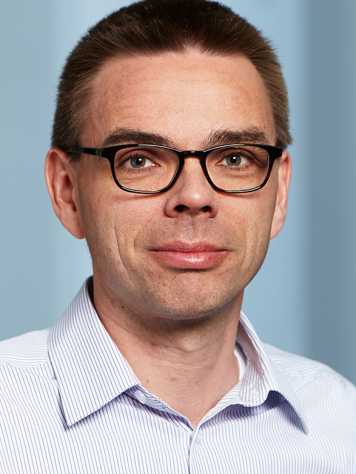
Jörn Piel is a full Professor at the Institute of Microbiology. His group’s main objective is to understand how bacteria generate bioactive natural products. These substances are the basis of many drugs, but are often produced at only small amounts in nature and are too complex for large-scale chemical synthesis. With his ERC project Piel aims to understand how such complex biosynthetic processes arise during evolution. These insights from nature will then be applied to the laboratory to create tailored bacterial production systems by synthetic biology. The project could thereby provide technologies to access rare bioactive substances as well as new variants that do not occur in nature, for use in drug discovery and development.
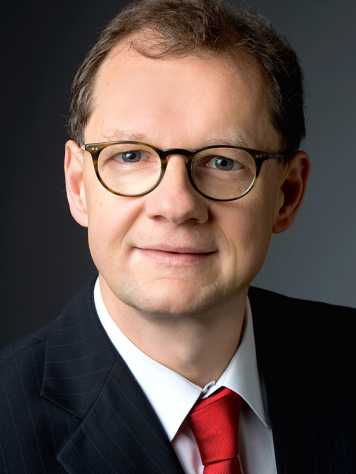
Renato Zenobi is a Professor of Analytical Chemistry. In his research, Zenobi develops and uses mass spectrometric and nano-analytical methods. One of these methods is tip-enhanced Raman spectroscopy, which was invented in his lab. In his ERC project, Zenobi aims to refine this spectroscopic imaging method to examine the nanostructure of sensitive two-dimensional molecular materials such as biological membranes or artificially produced, two-dimensional polymers, without damaging them during the measurement process.
